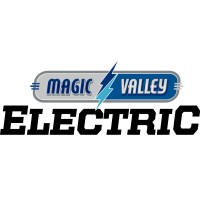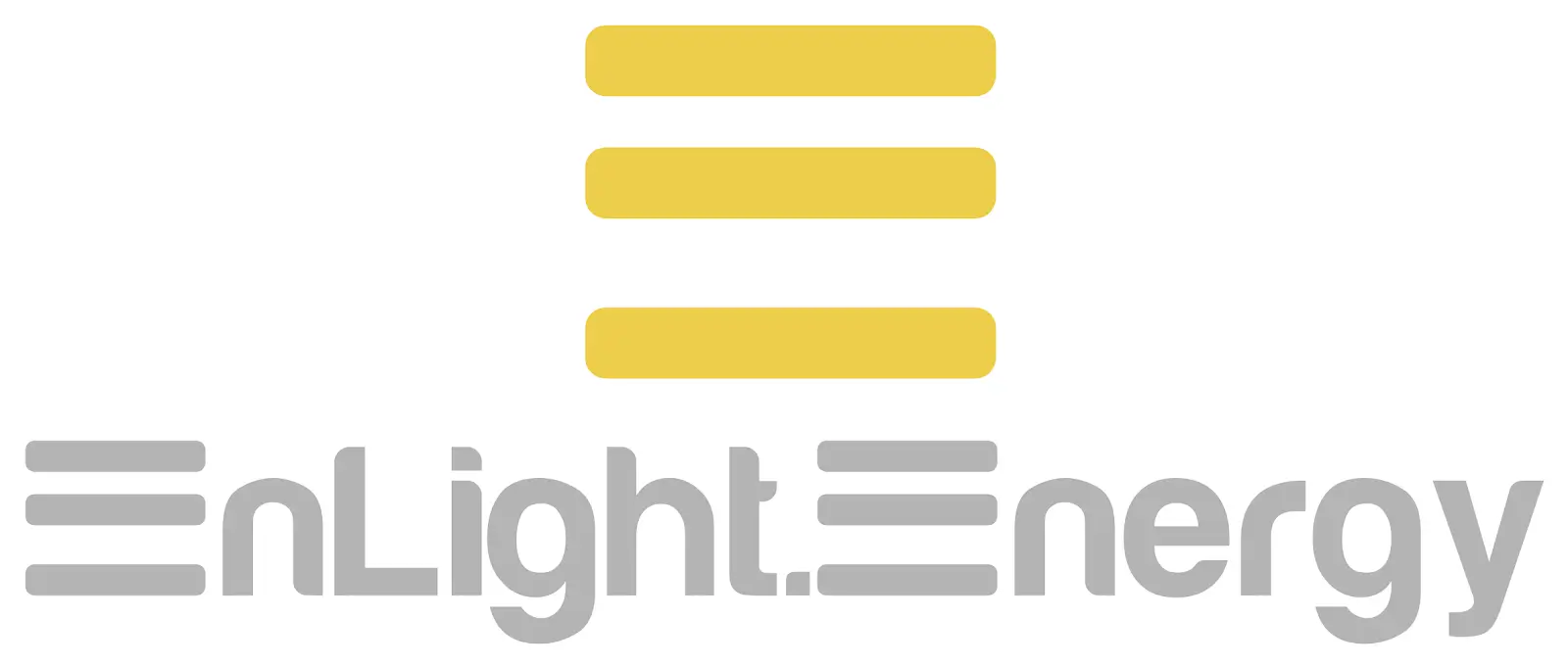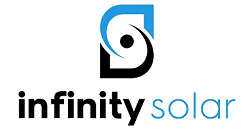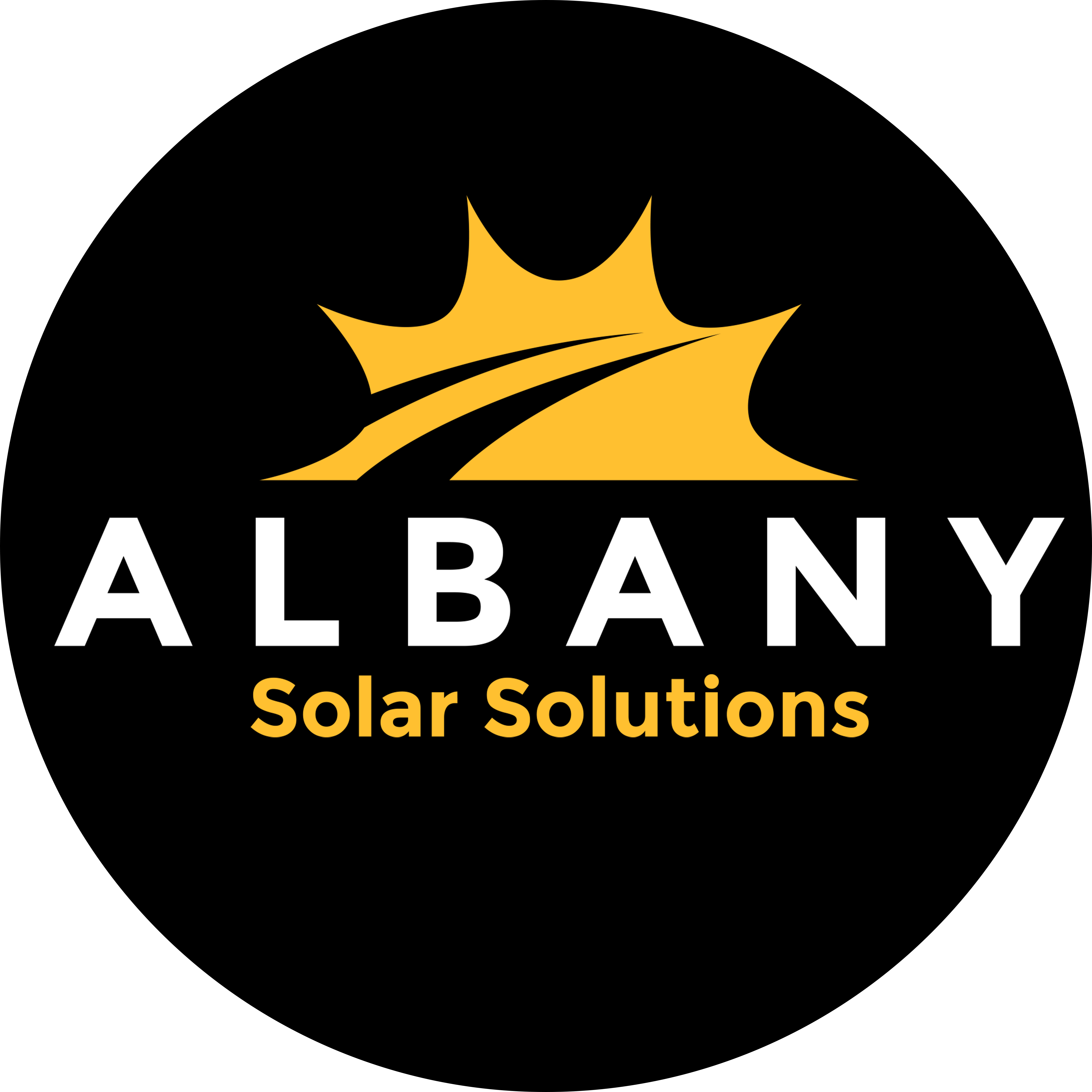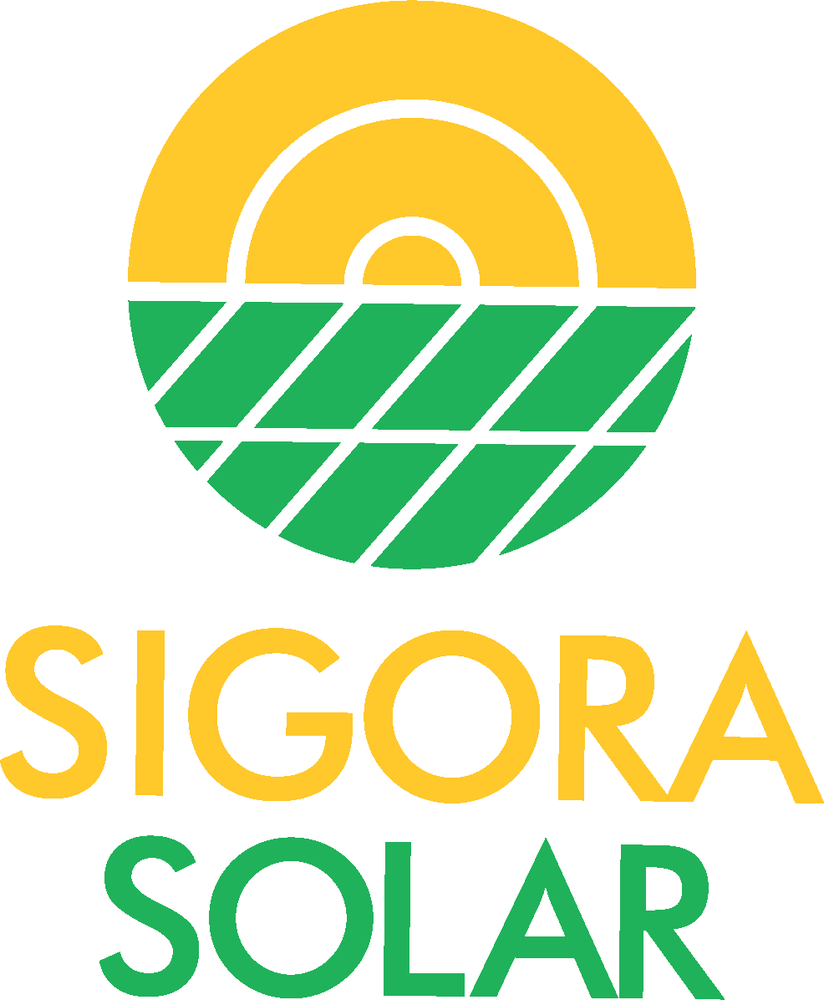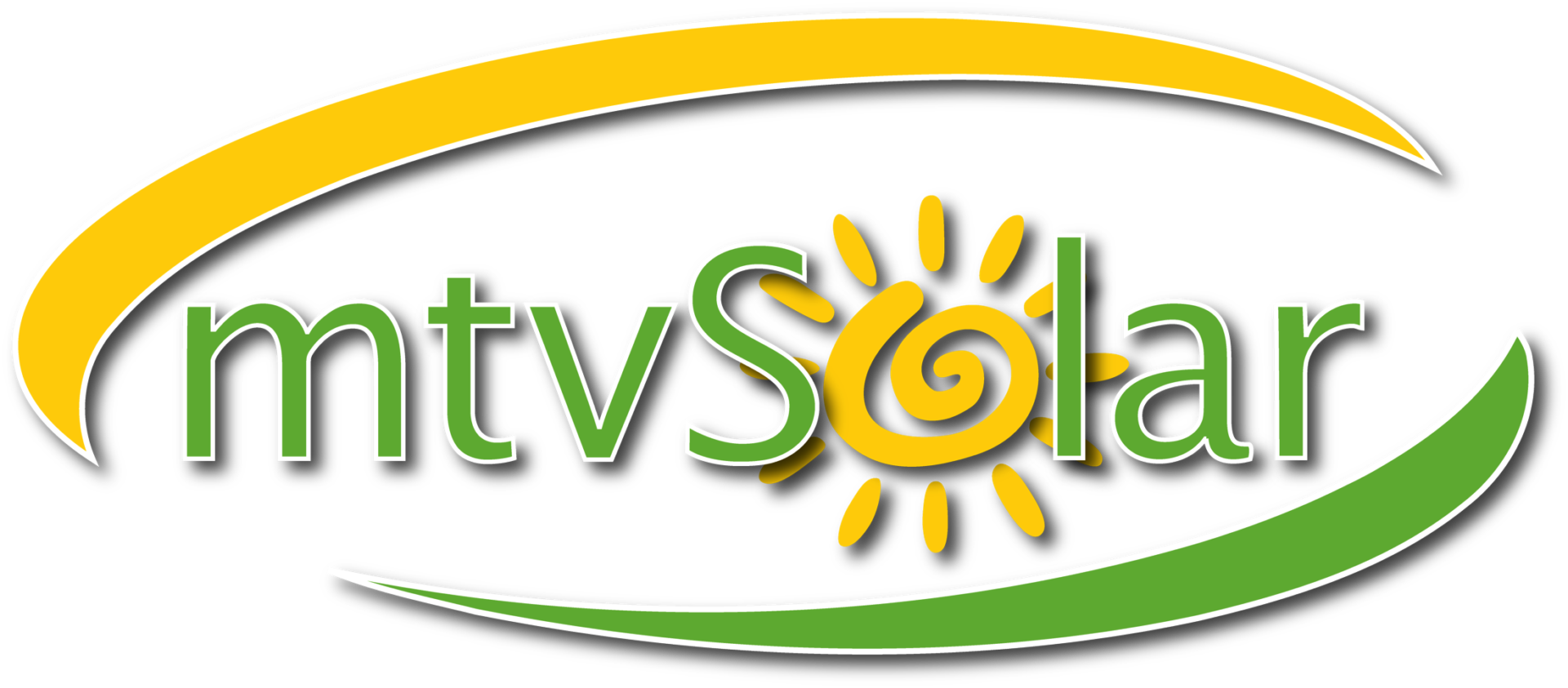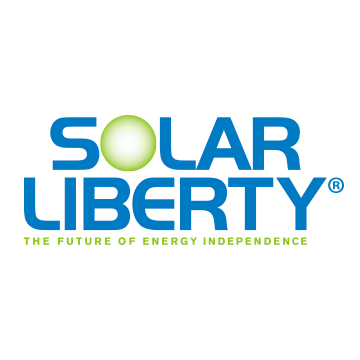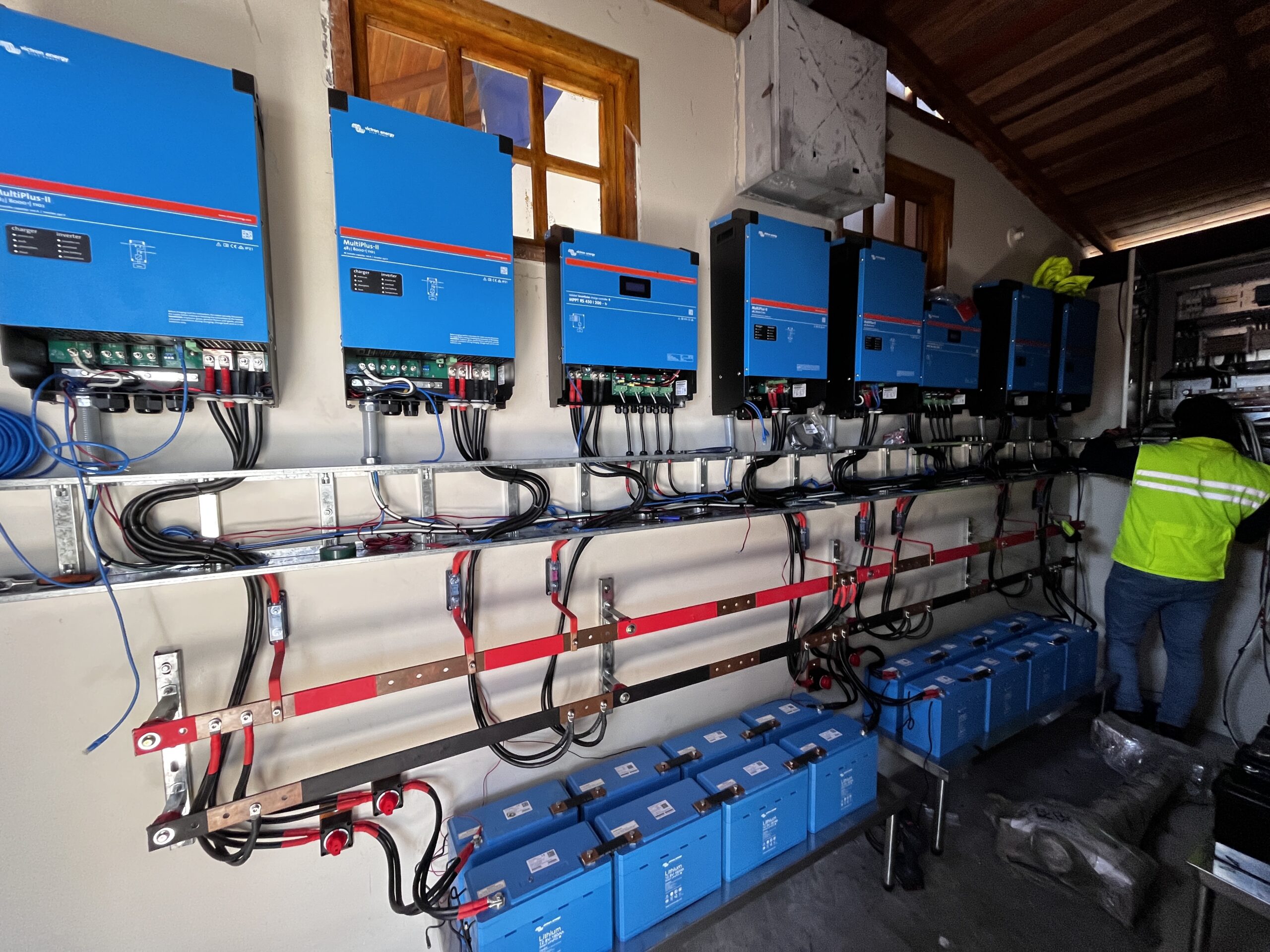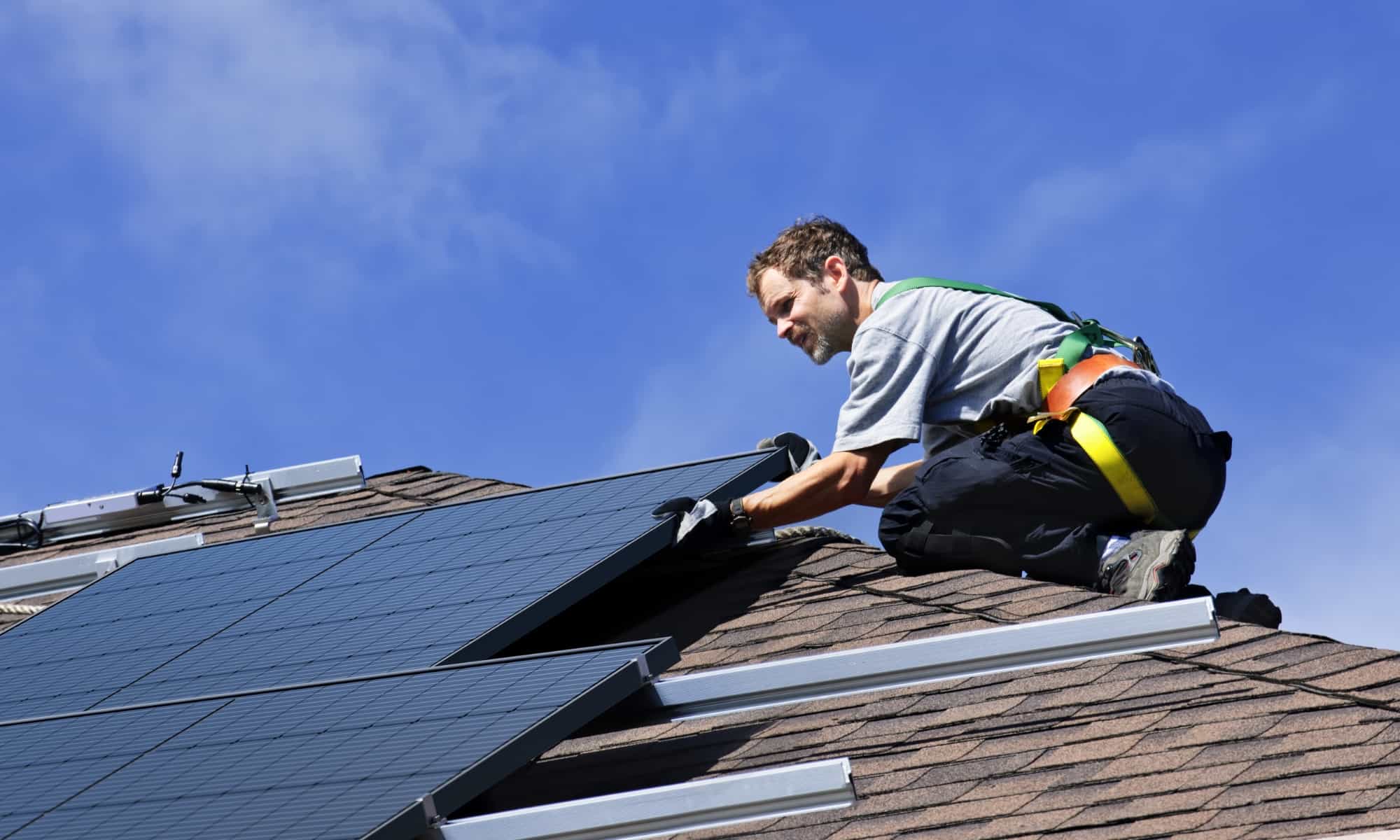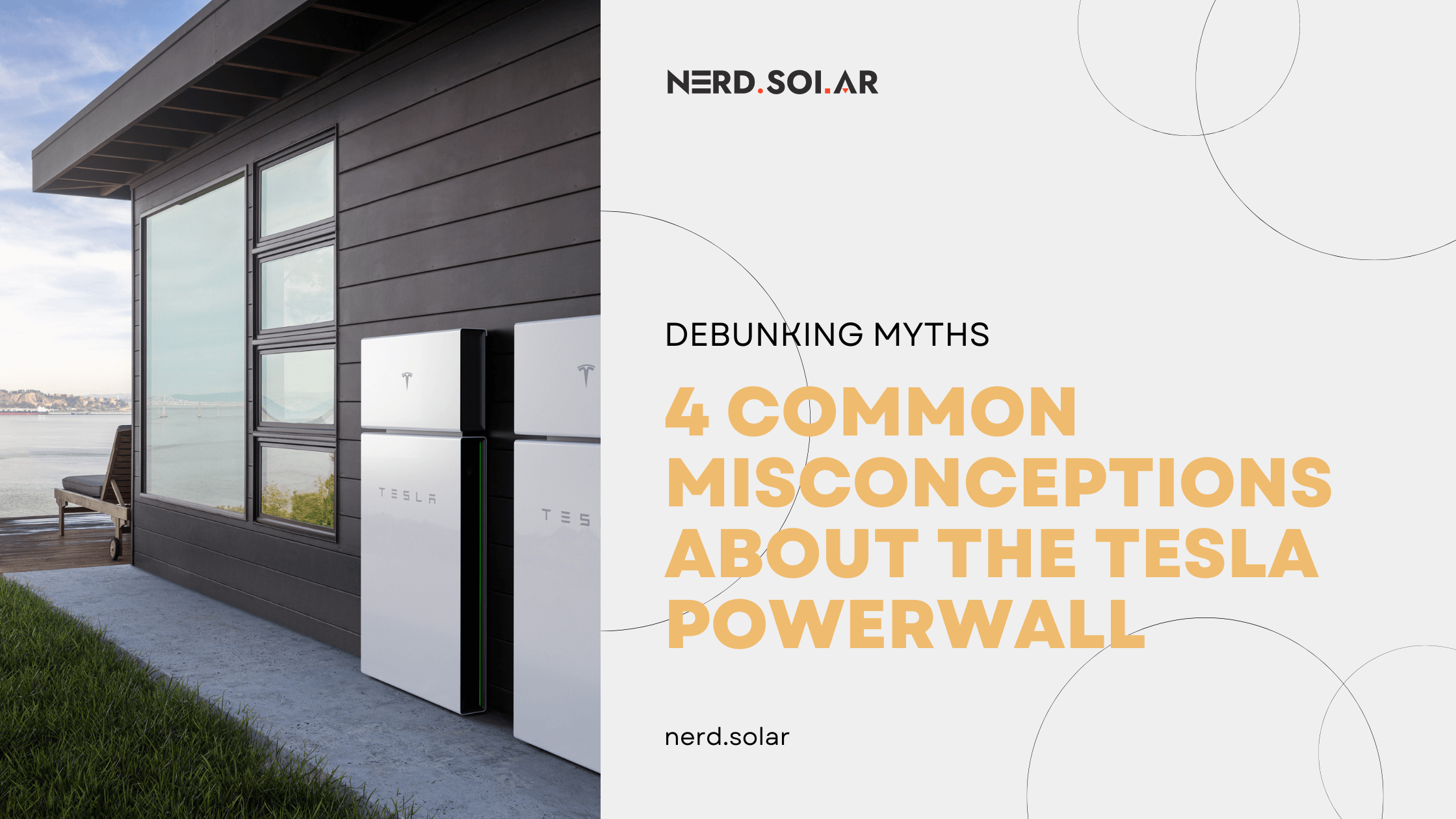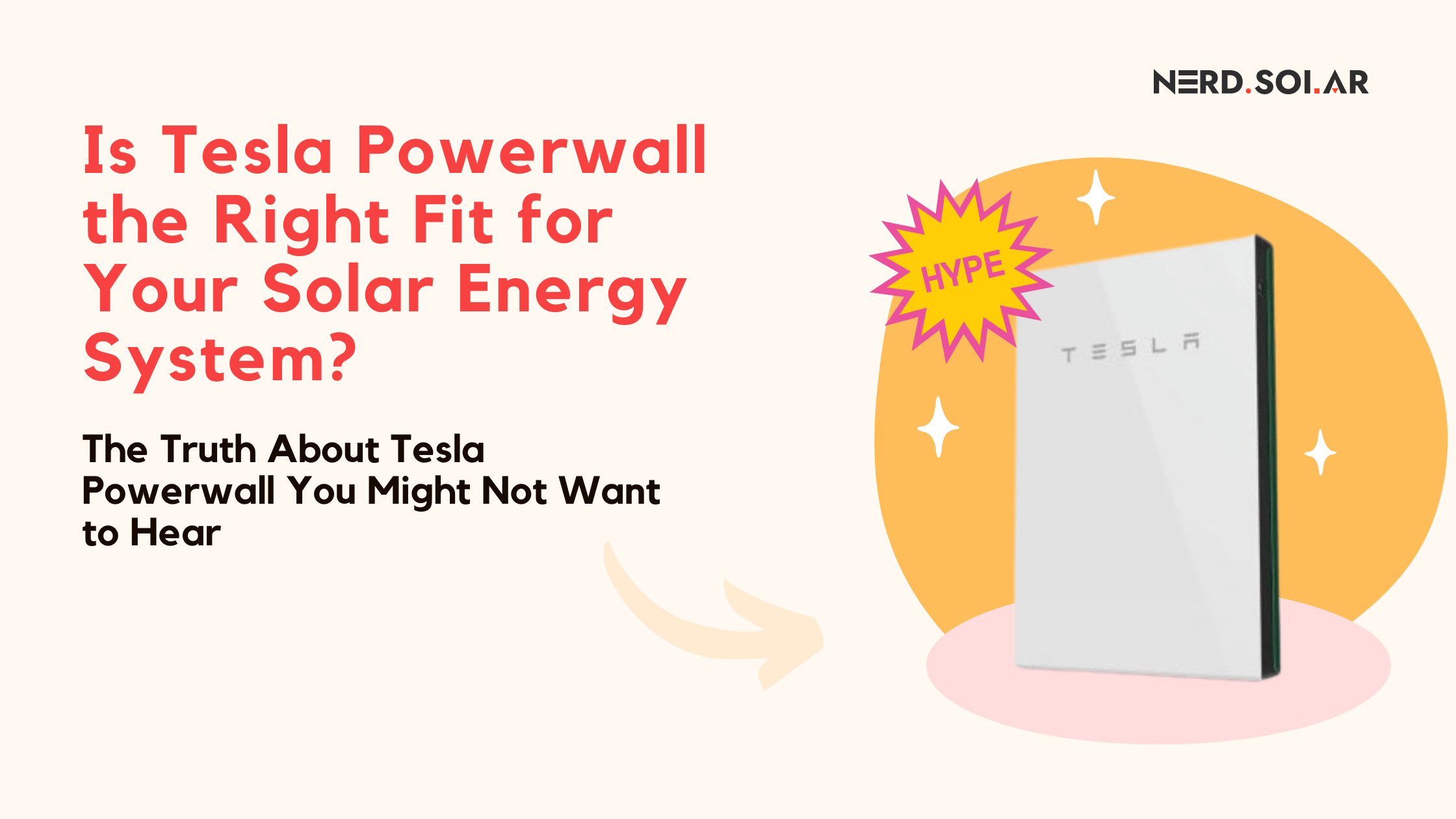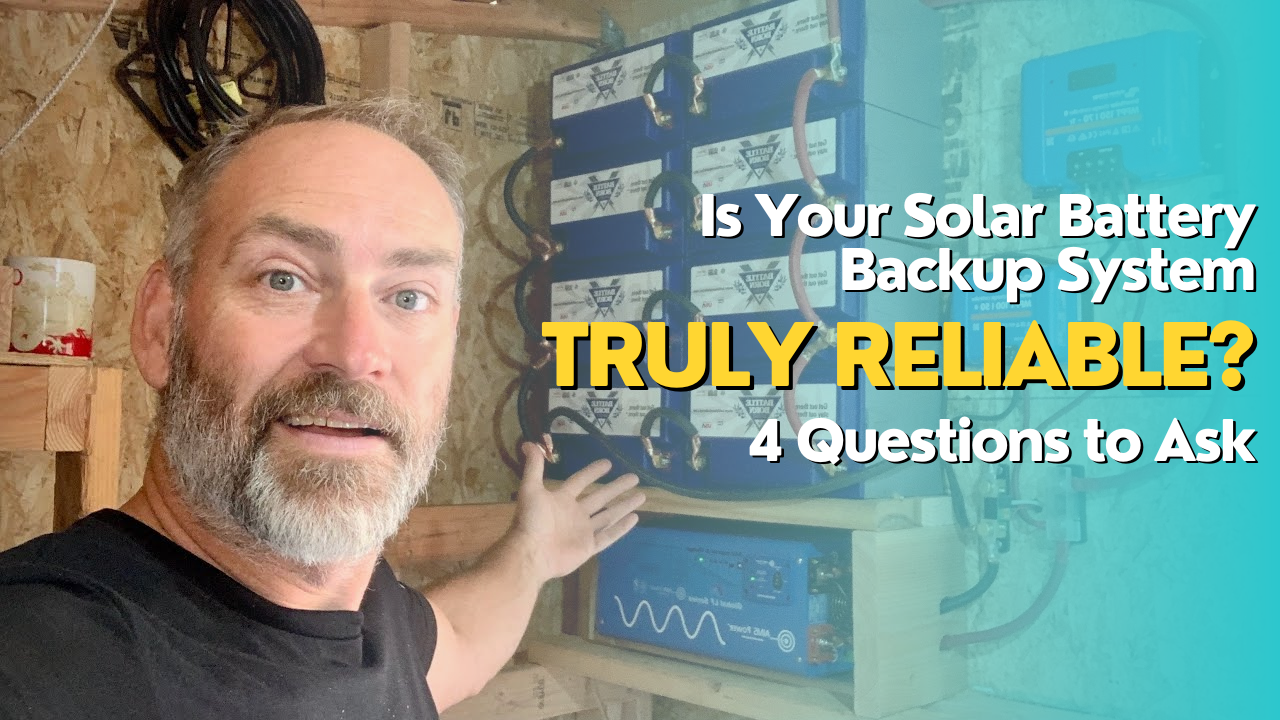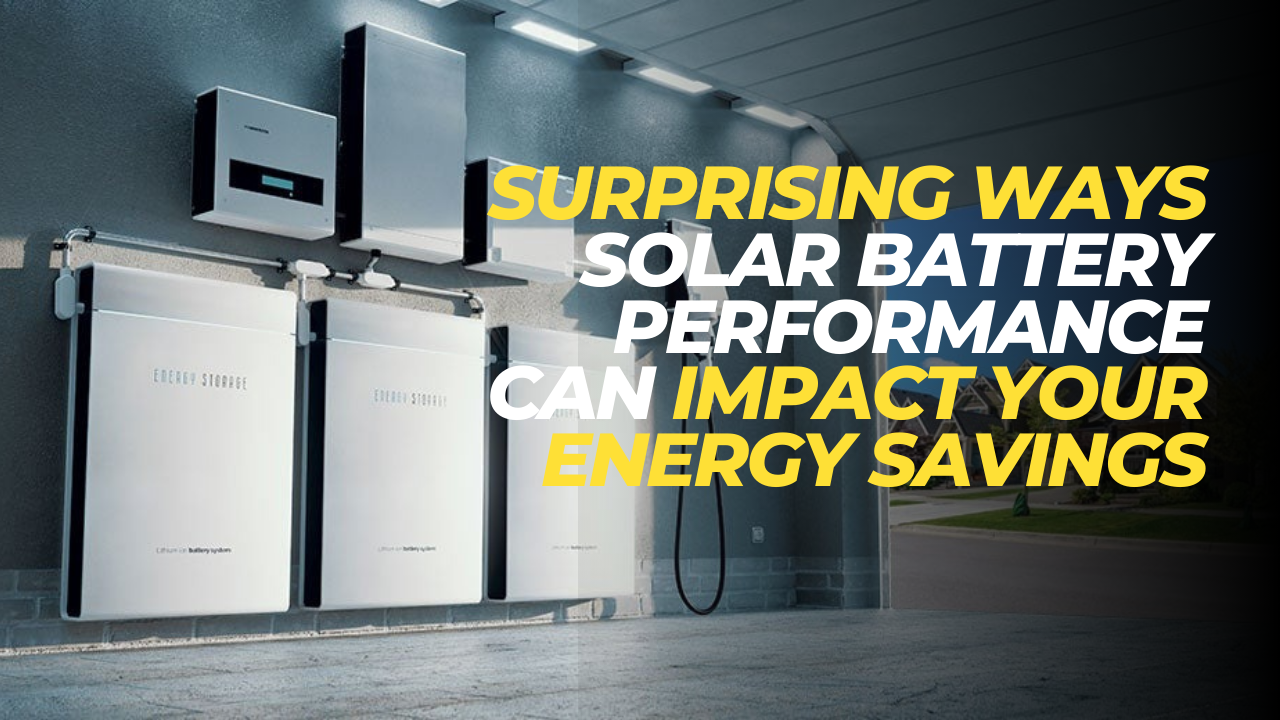How Do We Rate Solar Companies?
TL;DR: We rate solar installers from 1 to 5 stars to help you pick the best one. High stars mean they’re really good at what they do and treat their customers right. Low stars? Not so much. We give credit to companies that have been around for a while, know what they are doing, have a high standard of workmanship and equipment, don’t hire subcontractors to keep the bar of solar installation quality high and have good local reviews from real customers (yes, we check if the reviews are actually real or fake). Companies we choose as top-rated know and can help with federal and local solar incentives to help you save, have good financing plans, and guarantee their work. We’re here to point you to the solar companies that truly rock, making going solar easy and worthwhile for you.
Check our detailed review process here.
Is It Worth Going Solar in Idaho?
Yes, going solar in Idaho can be beneficial due to several reasons:
- Increasing Solar Installations: Solar power in Idaho comprised 550 MW in 2019. In 2022, the total installed solar power generation was 619 MW. This indicates a growing trend of solar installations in the state.
- Potential for Solar Power: A 2016 report by the National Renewable Energy Laboratory estimated that rooftops alone have the potential to host 4,700 MW of solar panels, and thus provide 26.4% of all electricity used in Idaho.
- Utility-Scale Solar Power Generation: Utility-scale solar power generation – or power developed for retail use – in Idaho began in August 2016 and accounts for more than 90% of the solar power generation in the State.
- Local Solar Companies: There are several local solar companies in Idaho, such as EGT Solar, Big Dog Solar Energy, Blue Raven Solar, and Radix Sola. These companies offer various services related to solar power installation and maintenance.
- Cost and Savings: The declining cost of solar technology, along with tax incentives and other factors, has made solar power more popular in recent years. Solar cuts down the amount you pay for electricity from Idaho Power.
*However, the worthiness of going solar can depend on individual circumstances such as the location of your home, the amount of sunlight it receives, and your current electricity usage and costs.
How much does solar save homeowners in Idaho?
Solar savings for homeowners in Idaho can be significant due to various incentives and the state’s abundant sunshine. Here are some key points:
- Solar Incentives: Idaho offers several incentives to make solar installations more affordable and economically viable. These include property tax exemptions, net metering programs, sales tax exemptions, and federal investment tax credits. Some programs in Idaho even allow you to get your solar panels installed for free.
- Tax Deductions: The Idaho State Solar Tax Credit, or Residential Alternative Energy Tax Deduction, allows you to deduct 40% of your installation cost from your state income in the first year, up to a maximum of $5,000. For the following three years, you can deduct 20% of the cost each year.
- Federal Solar Investment Tax Credit (ITC): This nationwide incentive allows residential and commercial property owners to claim a percentage of their solar installation costs as a tax credit. Currently set at 30%, the ITC can significantly reduce the upfront costs of going solar in Idaho.
As for the payback period and savings:
- The average payback period in Idaho is around 12.54 to 13 years.
- Idaho residents who go solar save an estimated $11,478 over 25 years.
Comparing traditional electric bills with bills after solar installation:
- If your solar energy system is connected to the grid, you will still receive an electric bill each month. However, the amount you owe will likely be significantly reduced, and in some cases, you might even receive a credit through net metering.
- The average US electricity bill in the first half of 2023 was $146.92. A 7.5 kWh solar system with 5 peak hours of sun per day could more than offset the average homeowner’s electricity charges and save the full $146.92 in electricity charges.
*These are average figures and the actual savings and payback period can vary depending on individual circumstances such as the location of your home, the amount of sunlight it receives, and your current electricity usage and costs. It’s recommended to get a personalized quote from a local solar installer for a more accurate assessment.
What is the average cost of going solar in Idaho?
- Cost per Watt: As of April 2024, the average solar panel system costs $2.86/W including installation in Idaho. Another source suggests that the average cost of solar panels in Idaho is $2.52 per watt.
- Cost of a 5 kW System: For a 5 kW installation, this comes out to about $14,299 before incentives. Prices can range from $12,154 to $16,444. After the federal tax credit, the average price drops by 30%.
- Cost Variation by System Size: The cost of solar panels can also vary based on the size of the system. For example, a 4 kW system might cost around $7,717, a 6 kW system might cost around $10,592, and a 10 kW system might cost around $16,898.
- Incentives: These costs are before considering the federal investment tax credit (ITC) and other state and local incentives, which can significantly reduce the net cost of going solar.
*Please note that these are average figures and the actual cost can vary depending on individual circumstances such as the location of your home, the amount of sunlight it receives, and the specific solar installer you choose.
Idaho Solar Incentives
Here’s an overview of the federal and local solar incentives available in Idaho:
Federal Incentives:
- Federal Solar Investment Tax Credit (ITC): This is a tax credit that can be claimed on federal income taxes for a percentage of the cost of a solar PV system. The credit is 30% of the cost for systems installed from 2022 through 2032. It decreases to 26% for systems installed in 2033 and to 22% for systems installed in 2034.
Idaho State Incentives:
- Residential Alternative Energy Tax Deduction: This allows you to deduct 40% of your installation cost from your state income in the first year, up to a maximum of $5,000. For the following three years, you can deduct 20% of the cost each year.
- Net Metering: Idahoans can send back to the grid any excess energy their solar panels make, earning them credit on their monthly utility bills.
- Low-Interest State Energy Loans: Solar loans are offered with a maximum of 4% interest.
*These incentives make solar energy a more affordable and attractive option for homeowners in Idaho. However, it’s important to note that most incentive programs are only authorized for a certain period of time or until funding runs out.
Net Metering Policies in GA
Net metering in Idaho has undergone some changes recently. Here’s an overview:
- Net Metering to Net Billing: The Idaho Public Utilities Commission (PUC) approved a shift from a net metering system to a net billing system on Dec. 29, 2023. This means that instead of receiving compensation based on a kilowatt-hour-for-kilowatt-hour basis for solar system owners, the compensation structure has changed.
- Real-Time Net Billing Structure: Customers who install their own generation sources can offset some or all of their energy needs. When certain customers generate more energy than they need, they send it to Idaho Power’s grid. Energy use is measured and billed under a real-time net billing structure that measures and charges customers for all kWh consumed from the grid at the retail rate, and measures and compensates customers for all kWh exported to the grid at a time-differentiated export credit rate (ECR).
- Legacy and Non-Legacy Systems: Customers who had active systems as of February 29, 2024, or who had submitted an application by that date, receive legacy status and continue to take service under the Net Energy Metering (1 to 1 kilowatt-hour [kWh] usage offset) until December 1, 2045. After February 29, 2024, new applications received for a new or expanded on-site generation system are considered “Non-Legacy Systems” and subject to the rules currently in place in Idaho Power’s service area.
- Benefits: The net billing system allows you to receive credits for the excess electricity your solar panels generate and feed back into the grid. This can significantly reduce your monthly utility bills.
*Please note that these policies are subject to change and it’s recommended to check the latest updates from the relevant authorities or a local solar installer. Also, the actual savings can vary depending on individual circumstances such as the location of your home, the amount of sunlight it receives, and your current electricity usage and costs.
Are There Any Community Solar Programs in Idaho?
Yes, there are several solar community programs available in Idaho. Here are a few:
- Idaho Sierra Club: The Idaho Chapter of the Sierra Club works to promote the conservation of Idaho’s natural environment and climate.
- Idaho Governor’s Office of Energy and Mineral Resources: This office coordinates efforts with federal and state agencies, departments and divisions, and local governments on issues concerning energy requirements, supply, transmission, management, conservation, and efficiency efforts as well as mineral supply, management, acquisition, and development2.
- Snake River Alliance: This alliance protects Idaho’s people, environment, and economy from the adverse impacts of nuclear while promoting a clean energy future.
- Environmental Coalition’s Community-Owned Solar Subscription Program: An environmental coalition consisting of the Idaho Conservation League, Idaho Sierra Club, Idaho Organization of Resource Councils, Portneuf Resource Council, Snake River Alliance, and Climate Action Coalition of the Wood River Valley have launched a petition and are calling on Idaho Power to work with community groups to develop a community-owned solar subscription program.
- SolSmart Designation: Six communities in Idaho have received SolSmart designation for their efforts to cut red tape and make it easier for local residents and businesses to go solar. They include SolSmart Silver designees Blaine County, Hailey, and Pocatello, and SolSmart Bronze designees Ketchum, McCall, and Meridian.
*To take advantage of these programs, you can reach out to the respective organizations or visit their websites for more information. You can also contact a local solar installer who can guide you through the process and help you understand which programs you might be eligible for.
